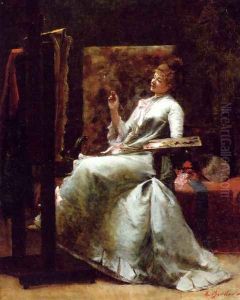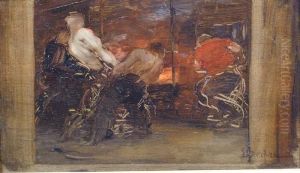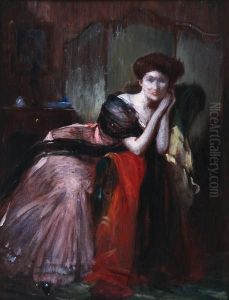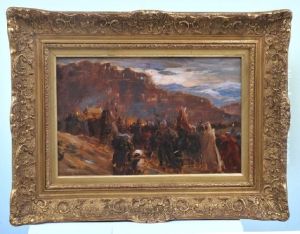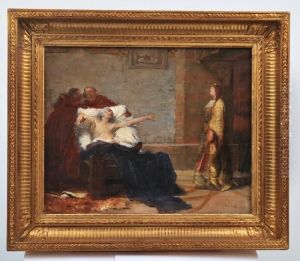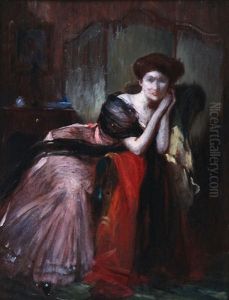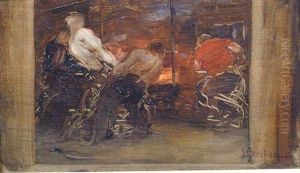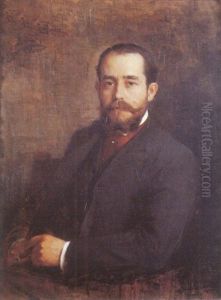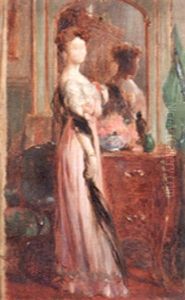Ernest Bordes Paintings
Ernest Bordes was a French artist known for his contributions to the world of painting and sculpture in the late 19th and early 20th centuries. Born in 1872 in France, Bordes was part of a vibrant period in French art, encompassing movements such as Impressionism, Post-Impressionism, and the beginnings of Modernism. Although not as widely recognized as some of his contemporaries, his work reflected the dynamic changes in art and society during his lifetime.
Bordes received his art education in Paris, the heart of the artistic revolution in Europe. He was influenced by the Impressionist movement, which sought to capture light, movement, and moments of life with a new immediacy and vibrancy. However, Bordes also incorporated elements of Realism and Post-Impressionism into his work, demonstrating a versatility and depth in his approach to art. His paintings often depicted rural and urban French landscapes, characterized by a sensitive use of color and light.
Despite his talent, Ernest Bordes did not gain the same level of fame as some of his peers. His work was, however, appreciated in art circles for its unique blend of traditional and innovative techniques. Bordes exhibited his work at various salons and galleries throughout France, slowly gaining recognition among art collectors and critics.
Ernest Bordes's contribution to the art world extended beyond his own creations. He was a mentor to younger artists, sharing his knowledge and passion for art. His dedication to the craft inspired many who would go on to contribute significantly to French art.
The artist passed away in 1923, leaving behind a legacy that, while not as widely celebrated as that of some of his contemporaries, remains an important part of the narrative of French art history. Today, Ernest Bordes's works are held in several French museums and private collections, where they continue to be studied and appreciated for their contribution to the development of modern art in France.
